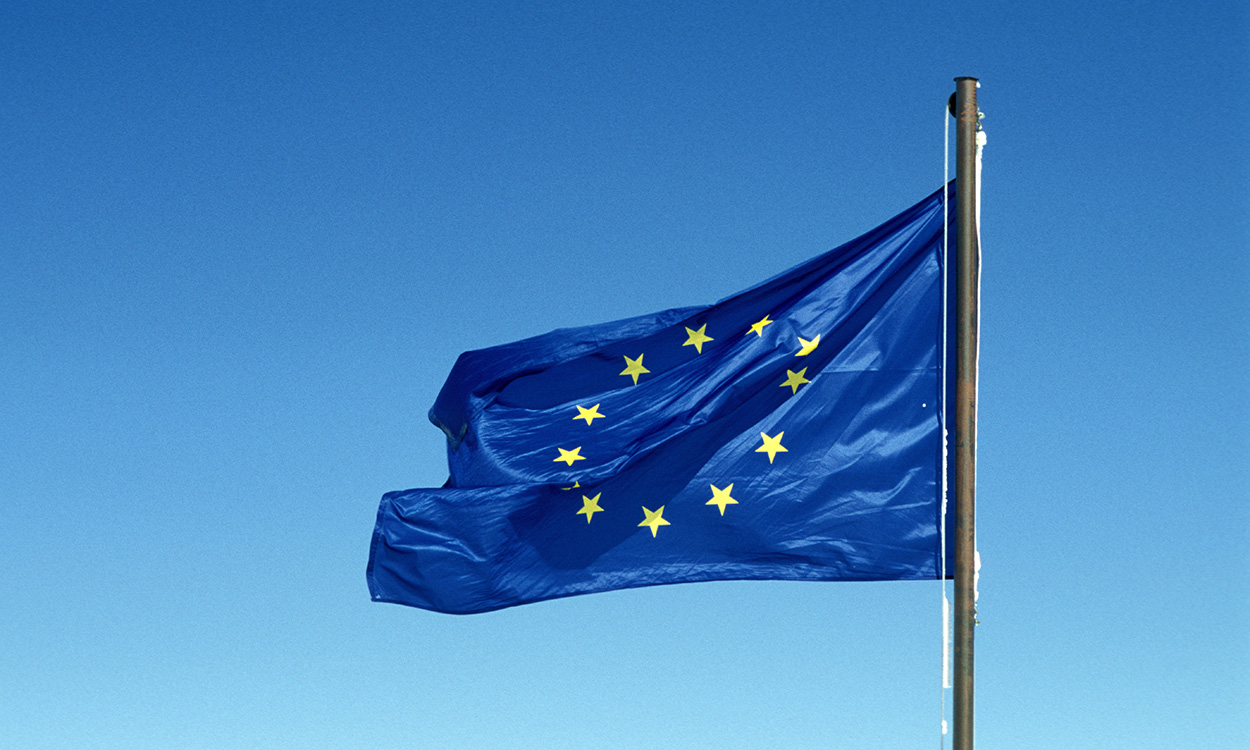
EU strikes a deal on Green Bonds
New deal with potential impact for the broader sustainable finance market.

After years in the making, the Council and European Parliament finally reached a provisional agreement on an EU Green Bond Standard on February 28th, with potential impact for the broader sustainable finance market.
Shifting capital in a greener direction is at the core of the EU agenda, and a European gold standard for green bonds has been in the making since the European Commission launched their action plan on financing sustainable growth back in 2018. In 2019, the Commission’s Technical Expert Group (TEG) published a first proposal, recommending the introduction of a voluntary standard for green bonds to enhance the transparency, comparability and credibility of the growing green bond market and to encourage further market growth.
A provisional agreement was finally reached on February 28th between the Council and the European Parliament
In 2021, the Commission published their proposed regulation on green bonds, the EU Green Bond Standard (EU GBS) – introducing an official EU Green Bond label (EuGB) available for issuers meeting the requirements of this voluntary regulation. The proposal received both support and criticism, and in the spring of 2022, the EU Parliamentary Economic and Monetary Affairs Committee (ECON) presented an amended proposal recommending additional scrutiny.
A deal was expected to be made in December 2022, but negotiations stalled as EU parties found it difficult to agree on various items. Among the key pressure points where a discussion on the share of required Taxonomy-alignment of EuGB use of proceeds (ranging between 80% and 100% in the various proposals) and if the regulation should also introduce disclosure requirements for all European bonds labelled as ‘sustainable’.
After years in the making, a provisional agreement was finally reached on February 28th between the Council and the European Parliament. The agreement still needs to be formally confirmed and adopted but marks an important step forward, and will start applying 12 months after its entry into force.
The EU GBS is a voluntary standard for issuers who wish to receive the EU’s formal EU Green Bond label (EuGB)
The standard in brief
In line with expectations, these are the key themes of the standard:
- Voluntary standard: The EU GBS is a voluntary standard for issuers who wish to receive the EU’s formal EU Green Bond label (EuGB).
- Taxonomy-alignment: Proceeds should be allocated to Taxonomy-aligned activities, but the standard opens up for a 15% flexibility pocket for special situations. This could include activities that are not yet covered by the Taxonomy, but where it can be argued that they still have a positive contribution towards EU’s environmental objectives.
- Transition plan: To issue EuGBs, issuers will be expected to illustrate a clear link between the activities financed and their plan to align their overall business with EU climate targets.
- Disclosure for other ‘sustainable’ bonds: The standard introduces voluntary disclosure also for other bonds labelled as sustainable, such as ‘regular’ green bonds and sustainability-linked bonds, to enable also those not qualifying for the formal EuGB label to follow best-in-class transparency and reporting standards.
It creates a clearer link between actual investments and climate targets
What might this mean for the market?
We expect those issuers who are well-placed in terms of Taxonomy-alignment to start using the standard when available, but given the generally low share of Taxonomy-alignment across European (and global) businesses, we expect various standards to continue to co-exist.
The introduction of voluntary disclosure standards for issuers of sustainable bonds can be assumed to have been a compromise, not placing additional regulatory burden on all sustainable bond issuers, but still enabling additional transparency in the market for those issuers not necessarily qualifying for the EuGB. This means it will become increasingly relevant for issuers of green bonds of all shades to report on the Taxonomy-alignment of their use of proceeds, whether it be 5% or 95%. Linking green bonds to concrete Transition Plans can also positively support the level of ambition in the market, as it creates a clearer link between actual investments and climate targets.
The EU aims for their Green Bond Standard to become the gold standard
Exactly what this may mean for Sustainability-Linked Bonds remains to be seen when the details of the final agreement become available. EU sources have also indicated that a formal EU standard for Sustainability-Linked Bonds may be expected within three years.
The EU aims for their Green Bond Standard to become the gold standard in the market, but it is important to note that this is not a regulatory requirement for all sustainable bonds, only for those who wish to receive the formal EuGB label. ‘Regular’ green and sustainable bonds of all shades and structures can still be issued in line with current market practice, but we expect this new agreement from the EU to drive additional transparency and integrity across the market.



